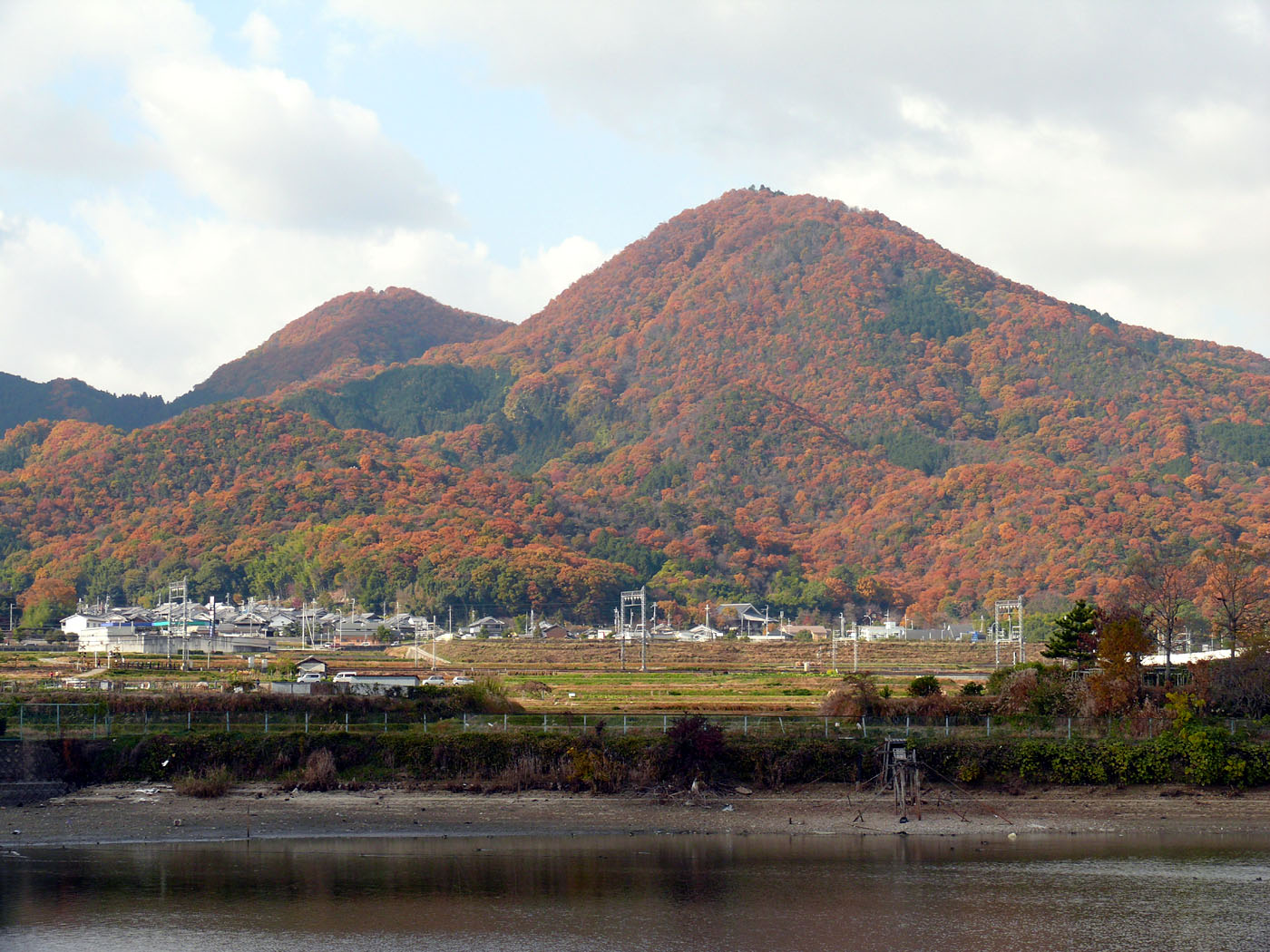sanukitoid on:
[Wikipedia]
[Google]
[Amazon]
 Sanukitoids are a variety of high-Mg
Sanukitoids are a variety of high-Mg
 Sanukitoids are a variety of high-Mg
Sanukitoids are a variety of high-Mg granitoid
A granitoid is a broad term referring to a diverse group of coarse-grained igneous rocks that are widely distributed across the globe, covering a significant portion of the Earth's exposed surface and constituting a large part of the continental ...
found in convergent margin settings. The term "sanukitoid" was originally used to define a variety of Archean
The Archean ( , also spelled Archaean or Archæan), in older sources sometimes called the Archaeozoic, is the second of the four geologic eons of Earth's history of Earth, history, preceded by the Hadean Eon and followed by the Proterozoic and t ...
plutonic rock, but now also includes younger rocks with similar geochemical characteristics. They are called "sanukitoid" because of their similarity in bulk chemical composition to high-magnesium
Magnesium is a chemical element; it has Symbol (chemistry), symbol Mg and atomic number 12. It is a shiny gray metal having a low density, low melting point and high chemical reactivity. Like the other alkaline earth metals (group 2 ...
andesite
Andesite () is a volcanic rock of intermediate composition. In a general sense, it is the intermediate type between silica-poor basalt and silica-rich rhyolite. It is fine-grained (aphanitic) to porphyritic in texture, and is composed predomina ...
from the Setouchi Peninsula of Japan, known as "sanukites" or "setouchites". Sanukite rocks are an andesite
Andesite () is a volcanic rock of intermediate composition. In a general sense, it is the intermediate type between silica-poor basalt and silica-rich rhyolite. It is fine-grained (aphanitic) to porphyritic in texture, and is composed predomina ...
characterized by orthopyroxene
The pyroxenes (commonly abbreviated Px) are a group of important rock-forming inosilicate minerals found in many igneous and metamorphic rocks. Pyroxenes have the general formula , where X represents ions of calcium (Ca), sodium (Na), iron (Fe( ...
as the mafic
A mafic mineral or rock is a silicate mineral or igneous rock rich in magnesium and iron. Most mafic minerals are dark in color, and common rock-forming mafic minerals include olivine, pyroxene, amphibole, and biotite. Common mafic rocks include ...
mineral, andesine
Andesine is a silicate mineral, a member of the plagioclase feldspar solid solution series. Its chemical formula is ( Ca, Na)( Al, Si)4 O8, where Ca/(Ca + Na) (% anorthite) is between 30 and 50%. The formula may be written as Na0.7-0.5Ca0.3-0.5 ...
as the plagioclase
Plagioclase ( ) is a series of Silicate minerals#Tectosilicates, tectosilicate (framework silicate) minerals within the feldspar group. Rather than referring to a particular mineral with a specific chemical composition, plagioclase is a continu ...
, and a glassy groundmass. Rocks formed by processes similar to those of sanukite may have compositions outside the sanukitoid field.
The term was originally defined by Stern et al. (1989) to refer to plutonic rocks containing between 55 and 60 weight percent SiO2, with Mg# >0.6, Ni >100 ppm, Cr >200 ppm, K2O >1 weight percent, Rb/Sr <0.1, Ba >500 ppm, Sr >500 ppm, enrichment in L REEs, and no or minor Eu anomalies. The term "sanukitoid suite" includes more evolved rocks derived from sanukitoid through fractional crystallization
Crystallization is a process that leads to solids with highly organized Atom, atoms or Molecule, molecules, i.e. a crystal. The ordered nature of a crystalline solid can be contrasted with amorphous solids in which atoms or molecules lack regu ...
. Sanukitoids are similar in trace element compositions to " adakites" but with higher Mg and lower silica. Both suites are thought to form by melting of a mafic igneous rock protolith that has been metamorphosed to garnet-pyroxene (eclogite) or garnet-amphibole assemblages.
The most common source for sanukitoids is probably the mantle, which has been previously metasomatised by silicate melts derived from the melting of a hot, young, subducting slab
Slab or SLAB may refer to:
Physical materials
* Concrete slab, a flat concrete plate used in construction
* Stone slab, a flat stone used in construction
* Slab (casting), a length of metal
* Slab (geology), that portion of a tectonic plate that ...
. When the oceanic crust is subducted and metamorphosed, it is close to its melting point and a slight increase in temperature may cause melting. These melts are initially high in silica at low melt fractions, and decrease in silica as melting proceeds. Melts derived from the eclogite or garnet-amphibole slab are strongly enriched in Sr (no plagioclase in residue) and depleted in HREE and Y (abundant garnet in residue). This melt reacts with the mantle to create the characteristic high Sr, low Y, and high LREE/HREE ratios. Some adakites may form by melting of thick crustal roots of island arcs, but these cannot assimilate mantle wedge components so sanukitoids will not form in this setting.
Sanukitoids and adakites are distinct from another variety of high-Mg andesite called boninite; boninites have major element concentrations similar to sanukitoids, but they are extremely depleted in incompatible trace elements (e.g., LREE) despite their relatively high silica contents. Thus there is no evidence that the mantle wedge that melts to form a sanukitoid has experienced previous extensive melt extraction.
Sanukite has been used as the material for the bars of the ''hōkyō'' (磬石), a lithophone
A lithophone is a musical instrument consisting of a rock or pieces of rock which are struck to produce musical notes. Notes may be sounded in combination (producing harmony) or in succession (melody). It is an idiophone comparable to instrume ...
invented in JapaReferences
{{reflistAdditional reading
* Barager, W.R.A and T.N. Irvine. (1971) "A Guide to the Chemical classification of the Common Volcanic Rocks." Canadian Journal of Earth Sciences, Vol. 8, pp. 523–548. Igneous petrology